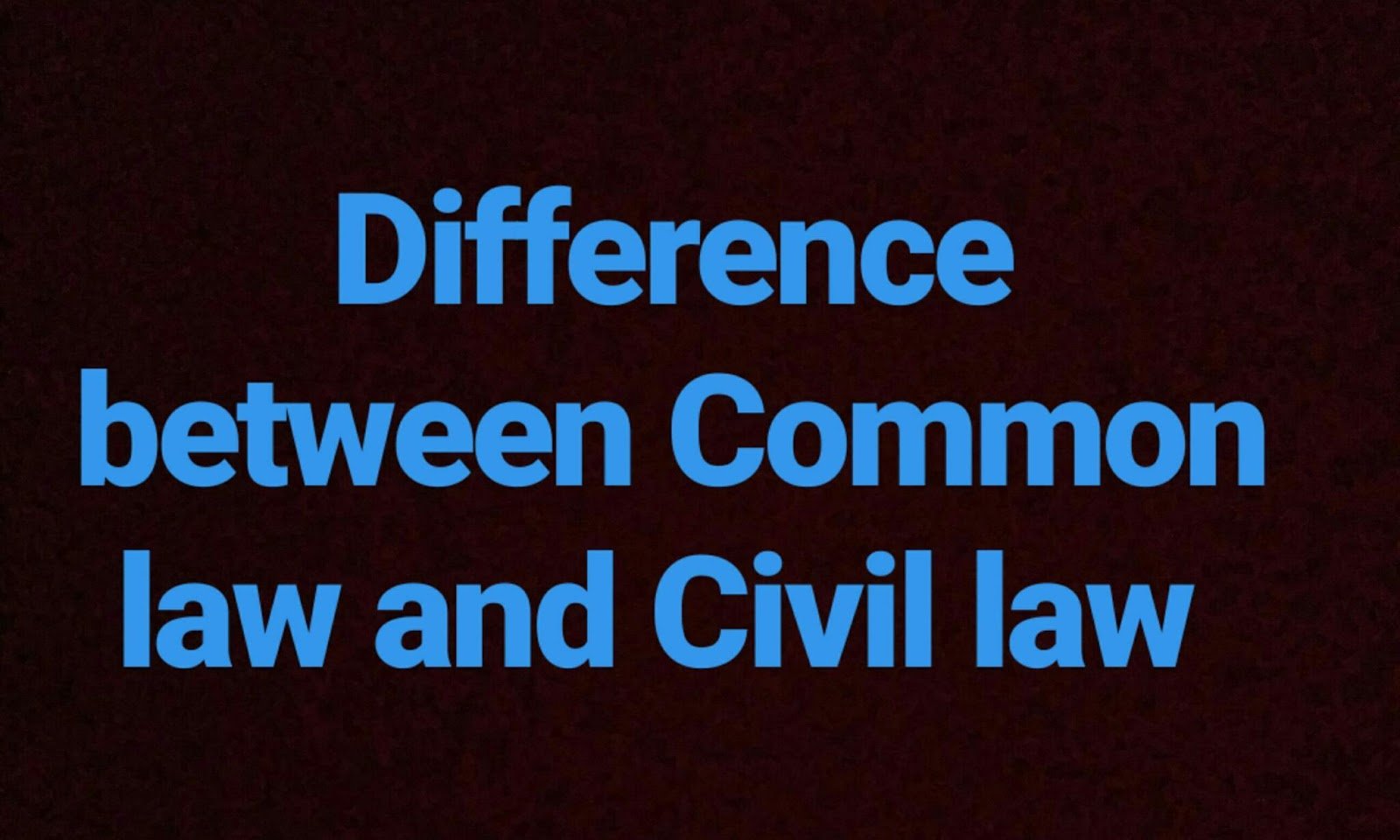Difference between Common Law and Civil Law Systems
In a, legal systems in countries around the world generally fall into one of two main categories: common law systems and civil law systems. There are roughly 150 countries that have what can be described as primarily civil law systems, whereas there are about 80 common law countries. Great Britain and its erstwhile colonies and protectorates generally follow the Common Law System, whereas other European Countries and their erstwhile colonies and protectorates follow the Civil Law System.
The main difference between the two systems is, in common law countries, case law — in the form of published judicial opinions — is of primary importance, whereas in civil law systems, codified statutes predominate. When coming to judicial opinion, the opinion of the senior court, prevail over the opinion of the court subordinate to the senior court. In India, for example, the High Courts cannot opine on the identically same point of law, opposite to the latest opinion of the Supreme Court in the matter.
But these divisions are not as clear-cut as they might seem. In fact, many countries use a mix of features from common and civil law systems. Understanding the differences between these systems first requires an understanding of their historical underpinnings.
Features of a common law system
Not always there is a written constitution or codified laws
Judicial decisions are binding – decisions of the highest court can generally only be overturned by that same court or through legislation;
Extensive freedom of contract – few provisions are implied into the contract by law (although provisions seeking to protect private consumers may be implied);
Generally, everything is permitted that is not expressly prohibited by law.
Features of a civil law system
1. There is generally a written constitution based on specific codes (e.g., civil code, codes covering corporate law, administrative law, tax law and constitutional law) enshrining basic rights and duties; administrative law is however usually less codified and administrative court judges tend to behave more like common law judges;
2. Only legislative enactments are considered binding for all.
3. There is little scope for judge-made law in civil, criminal and commercial courts, although in practice judges tend to follow previous judicial decisions; constitutional and administrative courts can nullify laws and regulations and their decisions in such cases are binding for all.
4. In some civil law systems, e.g., Germany, writings of legal scholars have significant influence on the courts;
5. Courts are specific to the underlying codes – there are therefore usually separate constitutional court, administrative court and civil court systems that opine on consistency of legislation and administrative acts with and interpret that specific code;
6. Less freedom of contract – many provisions are implied into a contract by law and parties cannot contract out of certain provisions.
Common Law Countries:
- The United States
- England
- India
- Canada
Civil Law Countries:
- China
- Japan
- Germany
- France
- Spain






